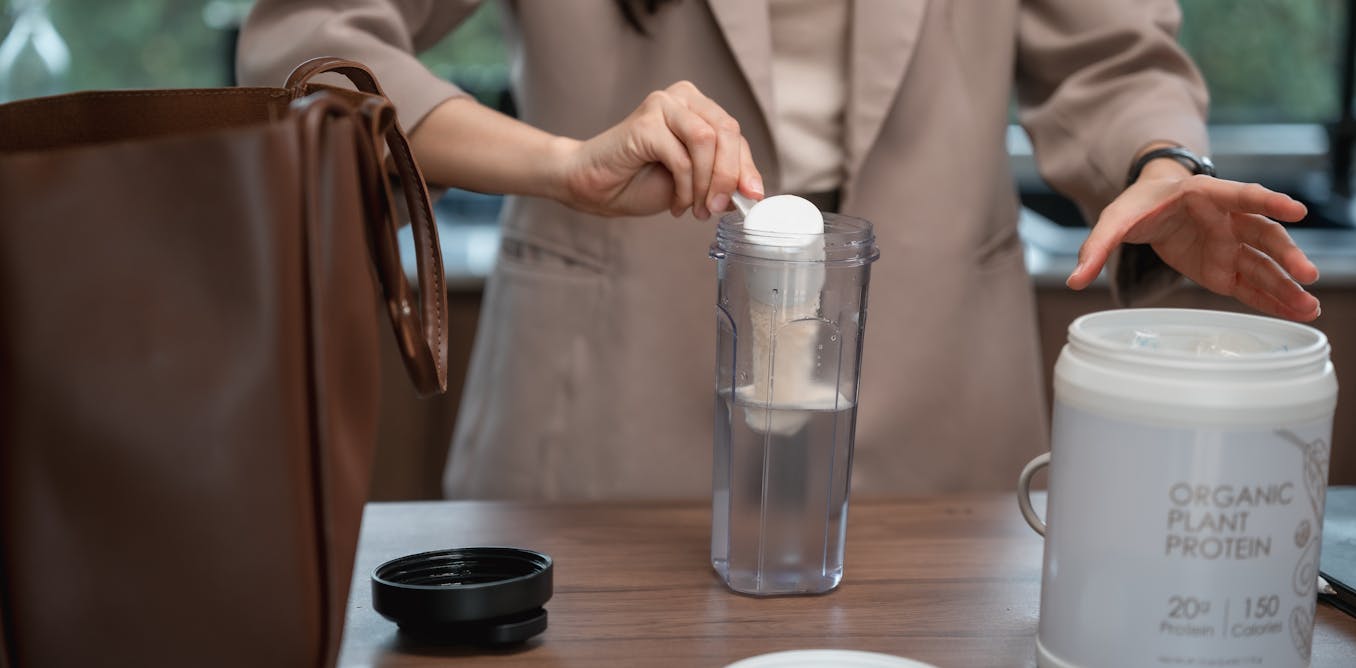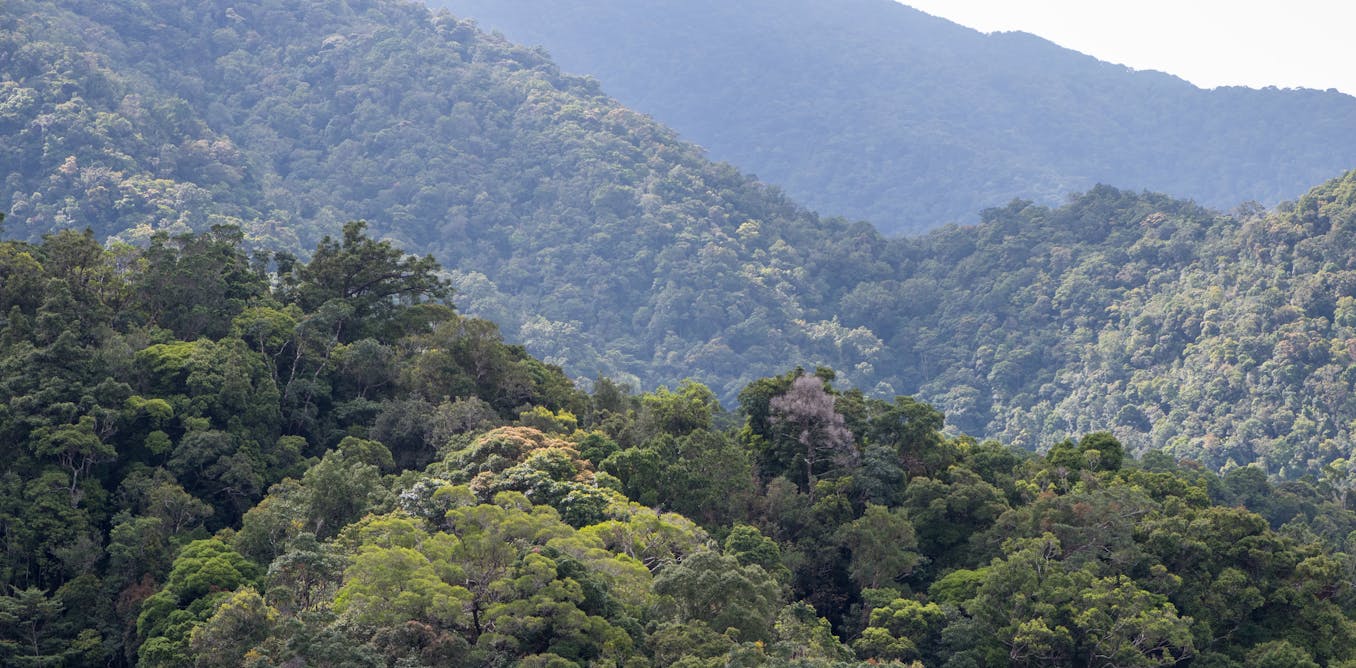India Grows 80% Of The World’s Turmeric. So Why Are Farmers Struggling?
Turmeric, a spice revered for its vibrant color and multitude of health benefits, has become synonymous with Indian cuisine and traditional medicine. For millennia, it has been a vital ingredient in countless dishes and herbal remedies. However, in recent years, the global fascination with turmeric has intensified, driven largely by the popularity of curcumin—the active compound in turmeric known for its antioxidant and anti-inflammatory properties. As Western consumers drive the demand for high-curcumin turmeric, Indian farmers find themselves at a crossroads, struggling despite being the major producers of this sought-after spice.
Over the last decade, the emergence of health-conscious trends in the West has transformed turmeric into a health supplement staple, appearing in everything from capsules to revitalizing juice shots. Health companies in the United States and Europe are eager to obtain turmeric with curcumin levels exceeding 5%, significantly higher than the 2% average typically found in Indian-grown turmeric. This discrepancy has left many Indian farmers, who account for about 80% of the world’s turmeric production, unable to capitalize on the lucrative market for high-curcumin products.
The challenges facing Indian farmers stem from a multitude of factors. While they have the traditional knowledge and experience required for turmeric farming, accessing the necessary technological advancements and agricultural practices to increase curcumin levels has proven difficult. Unlike some emerging competitors, such as Fiji, which have tapped into better farming methods to produce turmeric with enhanced curcumin content for Western markets, Indian farmers find themselves constrained by existing practices and resources.
In addition to the curcumin conundrum, Indian farmers face other pressing issues, including market dynamics and quality concerns. The Nizamabad Turmeric Market illustrates the complexity of turmeric trading, where prices can fluctuate dramatically due to supply and demand factors. Moreover, the proliferation of counterfeit turmeric and the associated health risks—such as lead poisoning—further complicate the market landscape, eroding consumer trust and making it harder for genuine producers to thrive.
Regulatory concerns, including tariffs on turmeric exports, also impede Indian farmers from accessing international markets effectively. As countries like Fiji position themselves as emerging players in the high-curcumin turmeric market, Indian farmers are left wondering: what does it take to elevate their product’s value and secure a foothold in this growing industry?
To address these challenges, there is a call for innovative solutions that could help Indian turmeric farmers tap into the surging global demand. Initiatives focused on improving farming techniques, accessing better quality seeds, and providing education on harvesting and processing could significantly enhance the curcumin levels in Indian turmeric. These efforts, coupled with strategies to ensure product authenticity, could not only benefit farmers but also restore Indian turmeric’s reputation as a premium product on the global stage.
As the world’s appetite for turmeric continues to expand, the story of Indian farmers serves as a poignant reminder of the complexities of global agricultural markets. With the right investment in technology and support, India’s turmeric growers could once again take center stage in the spice that has captured hearts and health enthusiasts worldwide for centuries.
Watch the video by Business Insider
Video “India Grows 80% Of The World’s Turmeric. So Why Are Farmers Struggling? | Big Business” was uploaded on 07/30/2025 to Youtube Channel Business Insider







































Leave a Reply